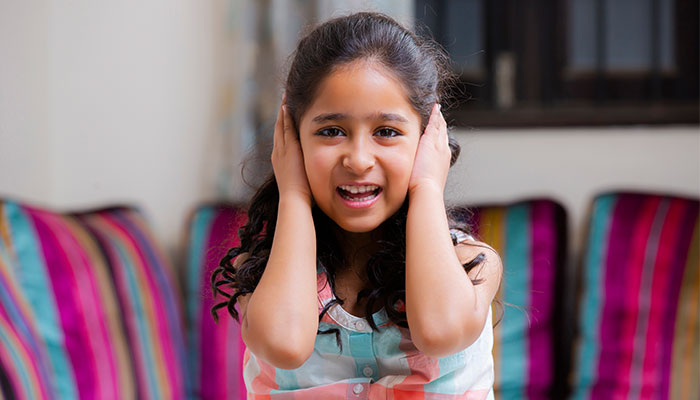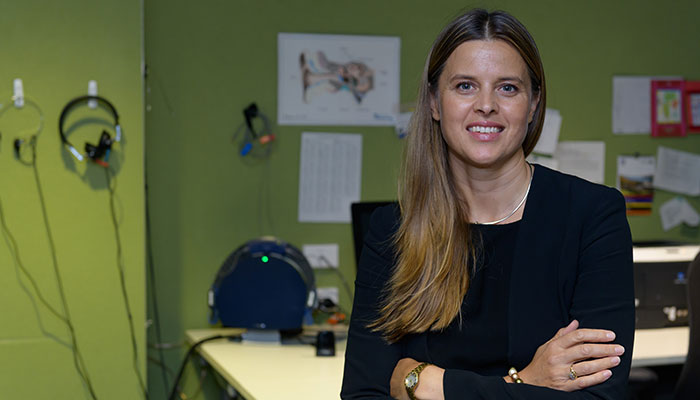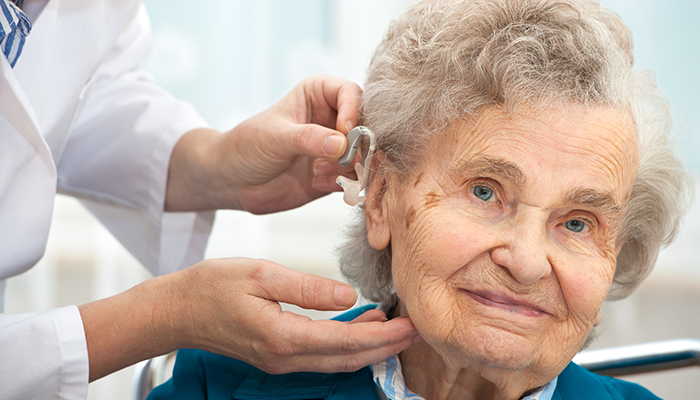Hearing health in Australia is in crisis, with growing numbers of people showing signs of early hearing loss – and our public buildings are contributing to the problem, says Professor David McAlpine, who is the Director of Hearing Research at Macquarie University.

“We need the places where people gather, to be created to serve the needs that people have in a social setting, rather than to serve commercial needs,” he says.
“There’s a real dominance of the architectural style known as mid-century modern, with lots of flat concrete surfaces and bare walls, and these have terrible acoustics, reflecting and echoing sounds.”
The acoustics of a space are largely invisible, McAlpine says – but they can often influence our comfort in a setting just as much as the visual elements.
The amount of reflected sound energy is enormous in many restaurants, to the point where it’s impossible to have a conversation with someone half a metre away from you.
“Many of our social settings don’t take into account people’s conversational needs and how effectively they are able to listen, so there’s an unregulated exposure to loud sounds,” he explains.
He adds that commercial needs often outweigh the comfort of the people who use these spaces; some restaurants like to push people through fast, for example.
Hubbub makes it hard to hear
Noisy train carriages, rowdy restaurants, raucous shopping malls, even loud open-plan offices – all of these add to the general hubbub that threatens our hearing.
In a closed room, most of the sound energy comes from the walls; it’s reflected, comes at you from all around, and is more intense than direct sound, says McAlpine.
“The amount of reflected sound energy is enormous in many restaurants, to the point where it’s impossible to have a conversation with someone half a metre away from you,” he says.
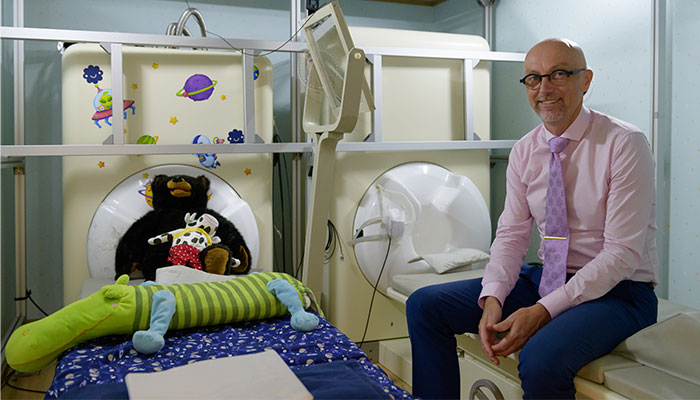
In many restaurants, people shout across the table, making the situation even worse.
“At what other point do you experience that, other than a rock concert? If you experience that sitting in a restaurant for two hours, you’ll receive the weekly dose of noise exposure you would be allowed at work.”
No 'noise at play' regulations
While noise exposure at work is regulated, there are no ‘noise at play’ regulations, McAlpine says.
“You’re able to deafen and damage the hearing of your clientele, but you can't damage the hearing of your staff,” says McAlpine – but noise exposure isn’t closely regulated across all sectors.
- How soon will all Australians be driving electric cars?
- Money laundering is big business in Australia
Lack of regulations on noise exposure for clientele can be problematic for staff in industries such as hospitality, which is highly casualised and has low support for industrial noise.
“There are good controls in specific worksites like industrial settings, the building trade, even at a concert or a night club, but it's unlikely that wait staff in a restaurant are covered because they are not noisy places when there’s no one in them,” he says.
He says that it’s time we looked to introduce ‘noise at play’ regulations. We need to realise that we are doing irreversible damage to our hearing when we are in noisy environments, he adds.
An economic impact
Australia’s hearing crisis is costly, because it is reducing productivity in our workforce overall, he adds.
“We now see that people in midlife, of working age, are the big demographic that now have hearing problems,” he says. “It's progressive, it's accumulative, and it's irreversible.”
There’s a general lack of understanding about what constitutes hearing loss: people don’t know what hearing ability is ‘normal,’ they don’t know what level of noise is dangerous and they are unaware of their own noise exposure over time, he says.
Hearing loss is categorised generally as mild, moderate and severe. In mild hearing loss, you have problems listening in noise. Moderate hearing loss occurs even when it’s quieter (and you should be wearing a hearing aid).
We now see that people in midlife, of working age, are the big demographic that now have hearing problems. It's progressive, it's accumulative, and it's irreversible.
Severe hearing loss predisposes a person with five times the risk for dementia diagnosis, compared to someone who doesn't have hearing loss, he adds, and midlife hearing loss is the single biggest modifiable risk factor for a later-date dementia diagnosis.
Rather than acknowledge they may have hearing loss, many people in these situations project their hearing problem onto other people – they think others are mumbling, for example.
“Hearing loss is a disorder that affects communication, so it has a number of knock-on effects,” McAlpine says.
“But once people become aware that it’s impossible to have a conversation in a certain restaurant, then that may start to challenge the effectiveness of a restaurant.
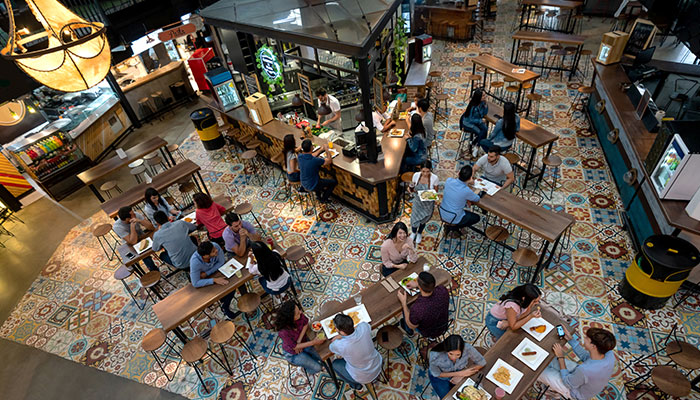
“The people who make the decisions and pay the bills are increasingly those in mid-life, and they are going to be likely to move to another place that has curtains and carpets and surfaces that absorb sound and don’t reflect it.”
Retrofitting for good hearing
Noise at work regulations are based on decibel levels over time. The World Health Organisation states that the daily recommended safe volume level for adults is below 85 dB for a maximum of eight hours.
“For example: every time your environment’s noise levels go up by three decibels, you are doubling the sound energy, and should reduce by half the amount of time you can safely listen,” McAlpine says.
He says that, despite a lack of noise at play regulations, many entertainment venues – particularly in the classical music field – are now retrofitting public spaces to improve the acoustics.
If you think you have hearing loss, get it checked out ... we do know it’s important to act as early as possible.
McAlpine says that the research on the impact of noise exposure on hearing loss is extensive and convincing, so the next stage of research will look at how to address and reduce the problem.
“Hearing function and hearing impairment is increasingly being taken out of the medical model, and is becoming a part of people’s social identity,” he says.
The important role that hearing plays in social inclusion, and its contribution to depression and dementia, is starting to get far greater recognition, he adds; and the public cost of these is spurring action.
“The message is: protect your hearing. If you think you have hearing loss, go and get it checked out.”
- Fires and drought have put our honey bees and food supply in crisis: research
- Designer bacteria could fuel the future with cheap hydrogen
McAlpine says that one deterrent for many people is concern that hearing aids are seen as old-fashioned and ageing.
However, a rise in ‘hearables’ – devices that enhance hearing – may be a solution for many people in mid-life.
“There are solutions out there, that aren't just about a big hearing aid on the back of your ear. But we do know it’s important to act as early as possible.”
Professor David McAlpine is the Director of Hearing Research at Macquarie University.

